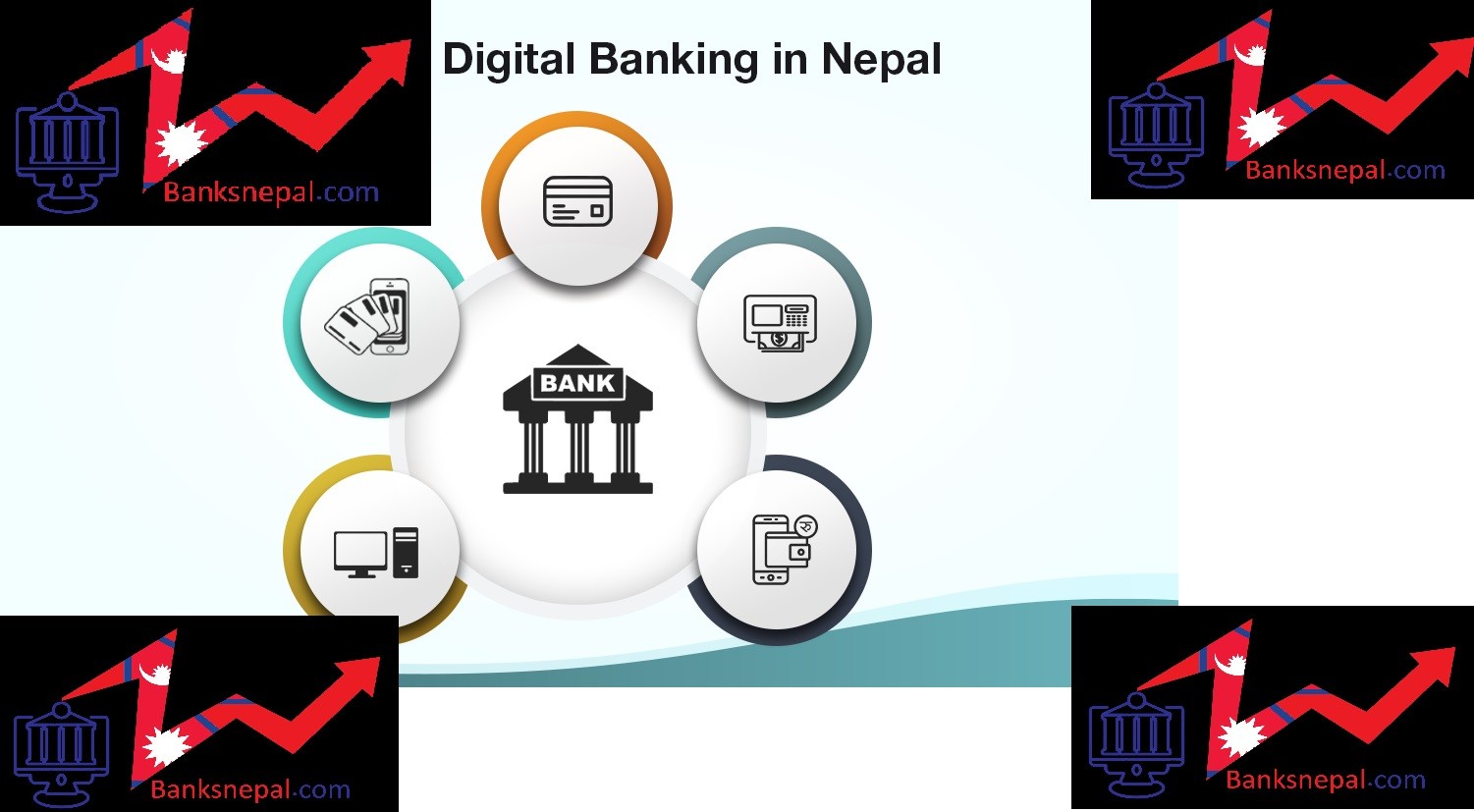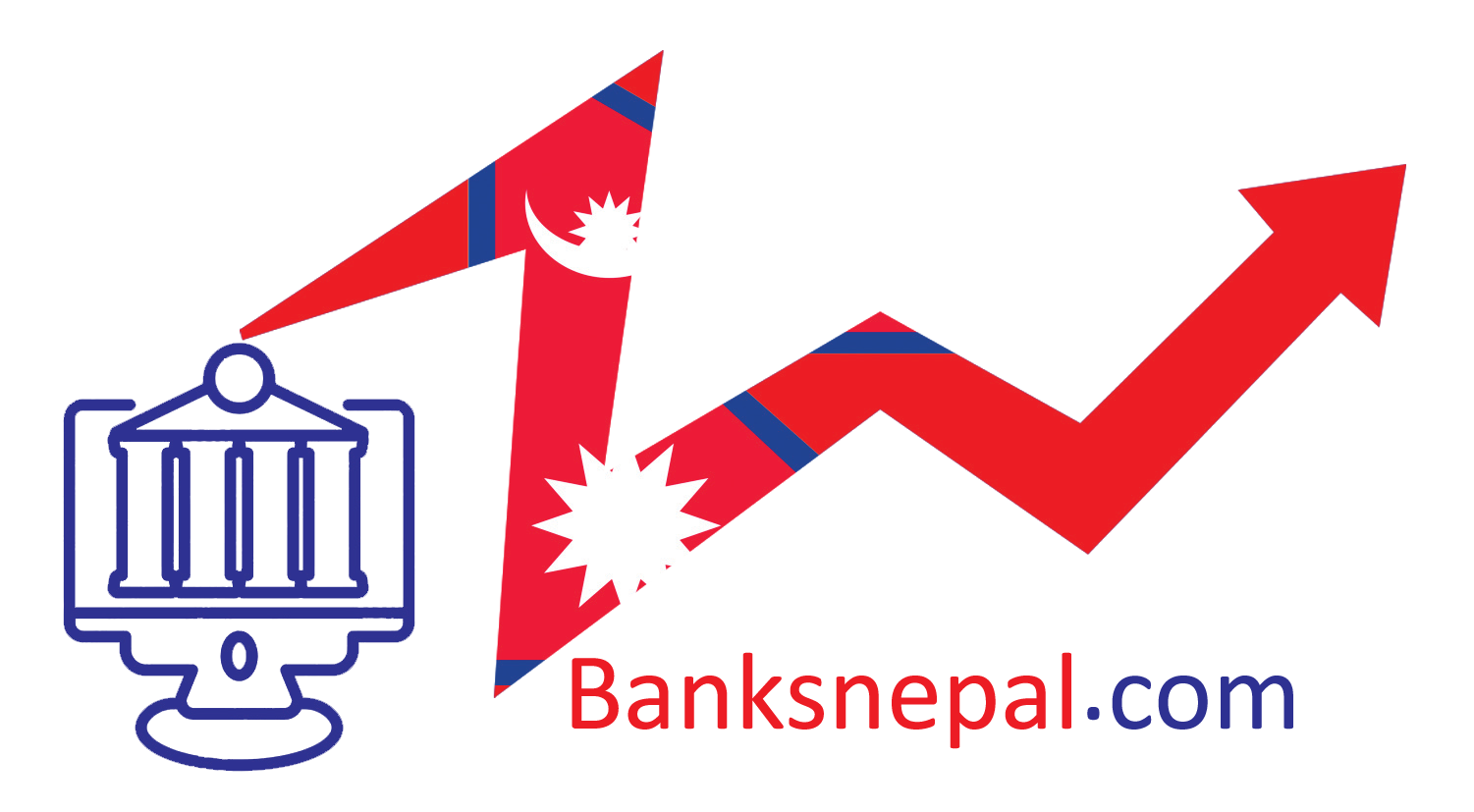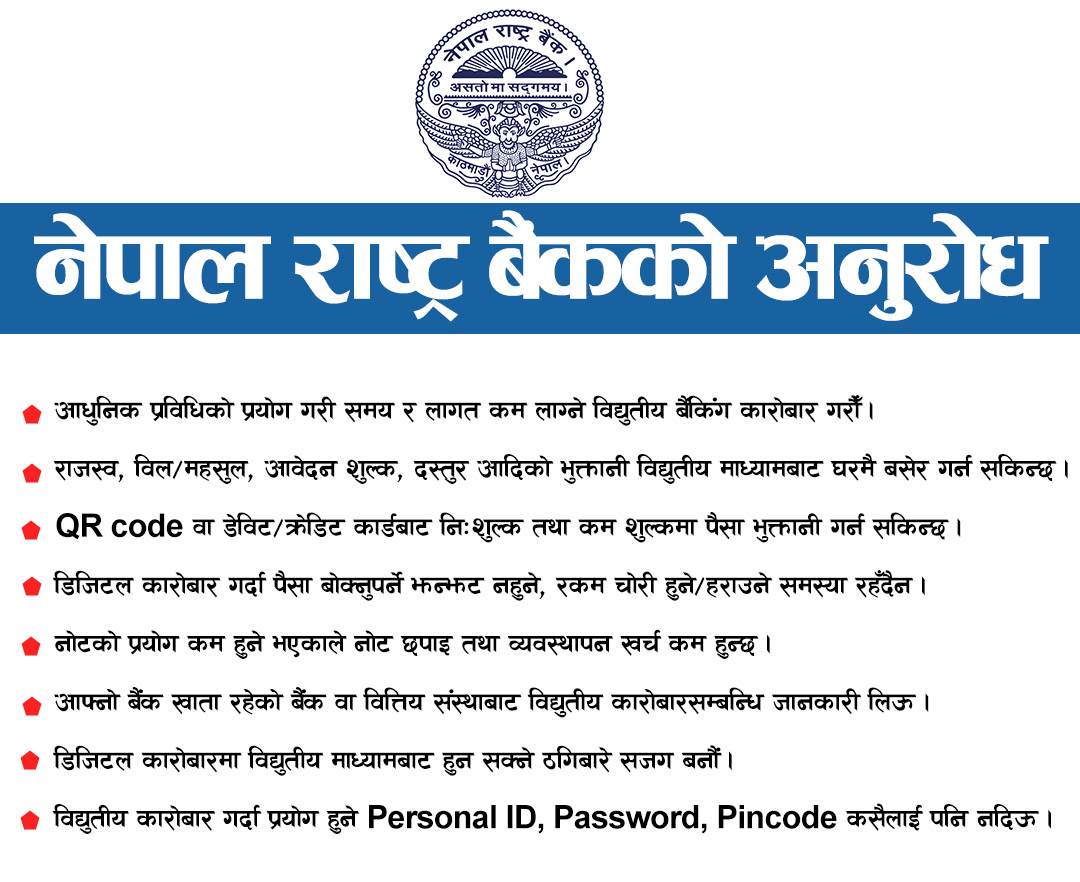Digital Banking and Payment Trend in Nepal : Himalayan Bank introduced ATM and Credit card first time in Nepal
Jul Sat 2023 02:08:30
5307 views

Kathmandu. Digital banking is a very recent phenomenon in Nepal. The era of modern banking in Nepal started with Nabil Bank introducing credit cards in the early 1990s. Himalayan Bank introduced ATM and Nepali credit card for the domestic market in 1995. In 2002, Kumari Bank introduced E-Banking (Internet Banking) service for the first time in Nepal. Likewise, in 2004, Laxmi Bank introduced SMS Banking (Mobile Banking) service for the first time in the country.
In the early stage, digital banking services were mainly used to check account statements only. Customers were not much aware regarding the purposes of digital banking and how to use it. It took a long time for digital banking technology to be adopted widely. These days, the adoption of the Internet and smartphone has become common. Customers can now use mobile devices and the Internet to do their banking operation without visiting bank branches. In this article, we will discuss the early phase of digital banking in Nepal, the current trend of digital banking and payment services, and what we might witness in the future. We will also discuss challenges and opportunities of digital banking in Nepal.
Following IT based delivery channels are provided by banks in Nepal:
E-Banking (Internet Banking)
Mobile Banking
Plastic Cards
Automated Teller Machine (ATM) and Point of Sale (PoS) Machine
Mobile Wallet (Digital Wallet)
Challenges for growth of digital banking in Nepal
Although there has been competition amongst Banks and Financial Institutions (BFIs) to deliver modern banking services, the majority population in the country has no access to such services. The reason for this is the concentration of BFIs in urban areas. Modern banking services are available in urban areas only, with most people in rural areas being deprived of even the basic banking services.
Banking fees, low literacy levels, and inaccessibility of bank services in rural areas due to poor infrastructure are considered for the low adoption of digital banking services. Underdeveloped digital financial services ecosystem with low credit and debit card penetration, low use of digital payments, online and mobile banking, and restrictive government policies (e.g., low maximum limit of digital payments) are thought to be hindering the expected growth and adoption of digital banking and payments services in Nepal.
With Internet penetration rate at 72.22%, Nepal is well positioned to benefit from digital financial services. These solutions (mobile banking, Internet banking, mobile wallets, etc.) have the potential to address challenges such as difficulties accessing banks and the high cost of services.
Development of the digital financial services ecosystem is integral to driving all aspects of the economy. Digital banking can serve the customers who don’t have access to physical branches.







